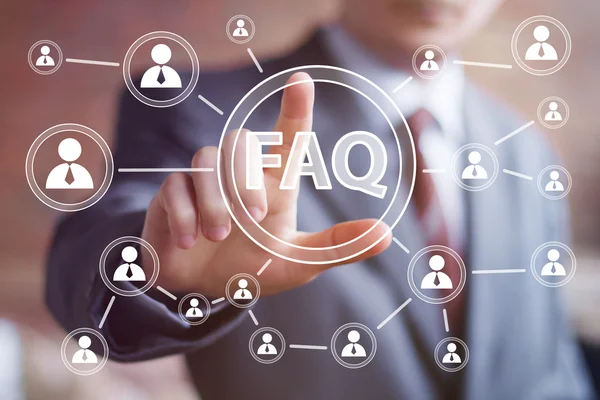- (213) 369-4583
- Monday - Friday
- 9 am - 5 pm
Overview
Scoliosis, an abnormal spine curvature, is most often diagnosed in childhood or early adolescence. It occurs in the coronal (frontal) plane (a vertical plane from head to foot and parallel to shoulders). In this condition, the spine rotates and develops an abnormal curve-to-curve ‘S’ shape either to the left or right side. The curve may be as mild as 10 degrees, as severe as 100 degrees, or even more in the worst conditions. A patient must seek proper treatment if it exceeds 30 degrees.
Schedule an appointment
Fill out the form and someone from clinic will reach back to you

Symptoms of Scoliosis
There are several symptoms that may indicate the possibility of this spine condition:
- Uneven shoulders
- Uneven waist
- Different heights of rib cages
- The body leans to one side
- Slumped posture
- Middle and lower back pain
- Breathing problems (In severe cases)

Diagnosis for Scoliosis
Before the doctor suggests a treatment, they examine the symptoms and run a number of diagnostic tests including spinal radiographs, CT scans, MRI, or X-rays. Cobb Method is also used to diagnose the position of the curve and severity in terms of rotation degree. Your doctor will also observe bowel bladder and motor dysfunction that may be a sign of nerve damage caused by scoliosis.

Treatment for Scoliosis
Once diagnosed with scoliosis, treatment is dependent on the patient’s age, type of scoliosis, and the severity of the condition. If the curves are between 40 to 50 degrees, surgery for scoliosis is the only treatment. It will straighten the curve and prevent the condition from getting worsen. Surgical options include:
- Spinal Fusion
- Vertebral body tethering
- Expanding rod

Why Choose Us?
Dr. Moksha Ranasinghe is well-renowned neurosurgeon in Los Angeles who has treated a number of patients with Scoliosis. Southern California Brain & Spine Surgery is one the best spine centers serving patients with brain and spine disorders.
1.
Advanced diagnostic methods
2.
State-of-the-art technology
3.
Minimal Invasive Surgery
4.
Patient-centered approach
5.
Recovery with less downtime
6.
Outstanding patient care
For more information call us at (213) 369-4583 or visit our office in Los Angeles today!
Frequently Asked Questions

Is scoliosis genetic?
There is no single known gene responsible for scoliosis however it is possible that genetic factors may be involved in developing this condition. Nearly, one-third of the patients who develop this condition have a family history of scoliosis.
Is scoliosis a disability?
Scoliosis with mild symptoms is not a disability. However, if the symptoms are severe and it impacts you enough that you can’t perform your daily activities, then it is considered a disability and one may also qualify for disability benefits.
What happens if scoliosis is left untreated?
Mild scoliosis may not cause any harm. However, if symptoms are severe, a patient may experience physical and emotional damage. If the curvature exceeds 50 degrees, it may lead to an increasing deformity that may cause damage to the heart and lungs.


